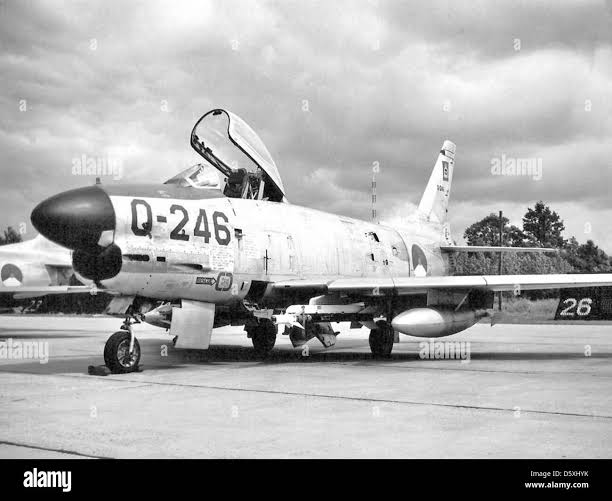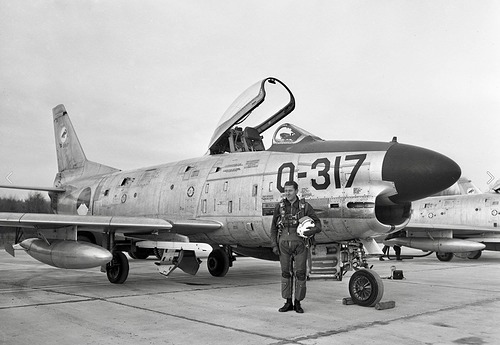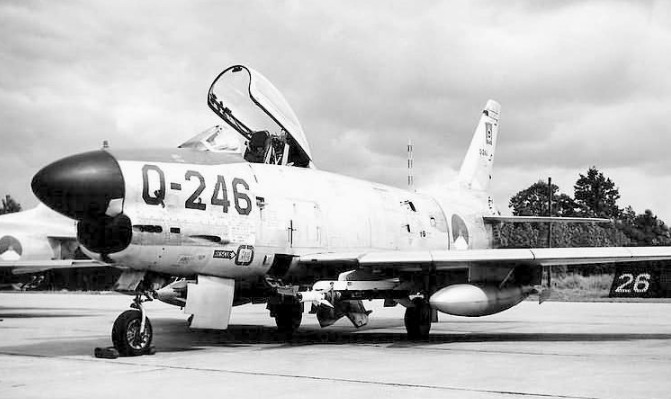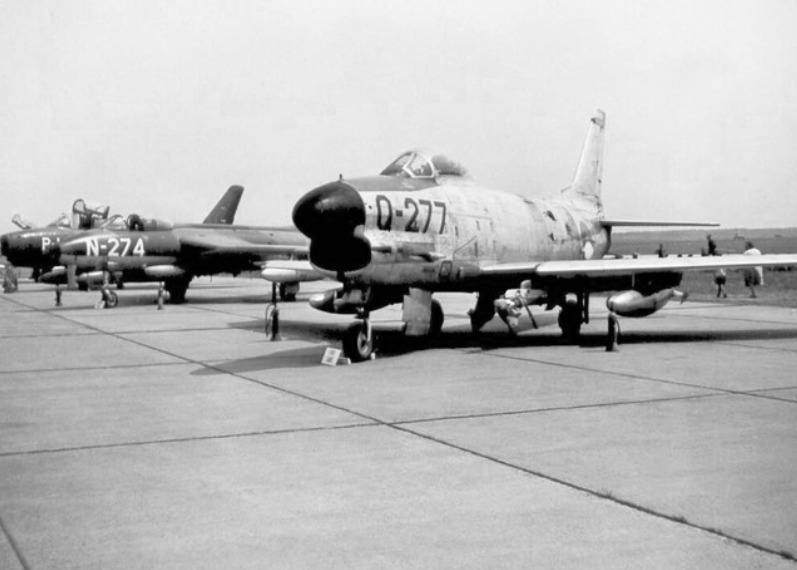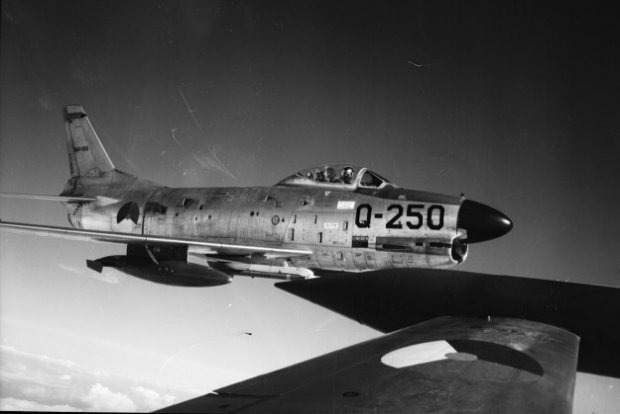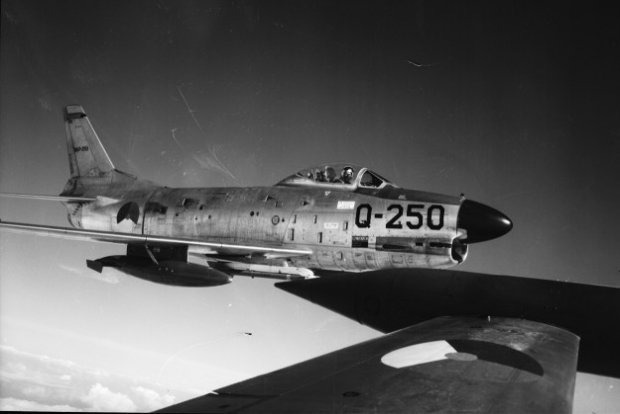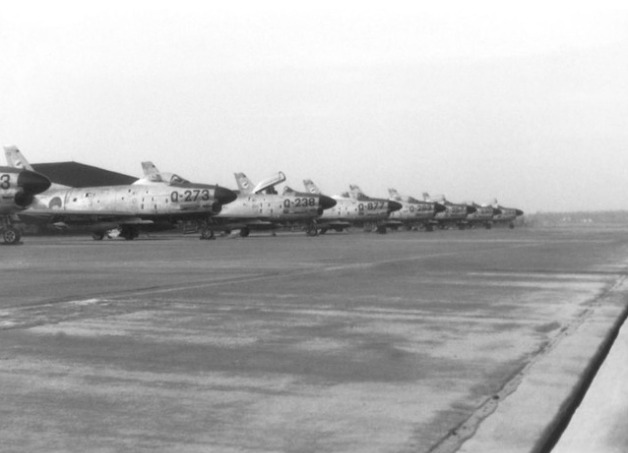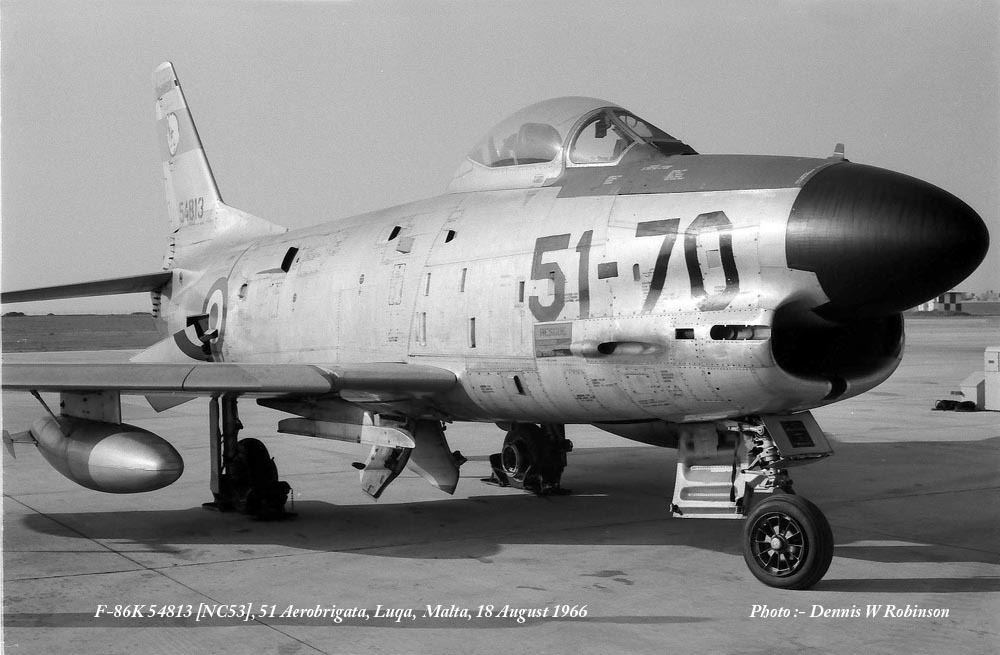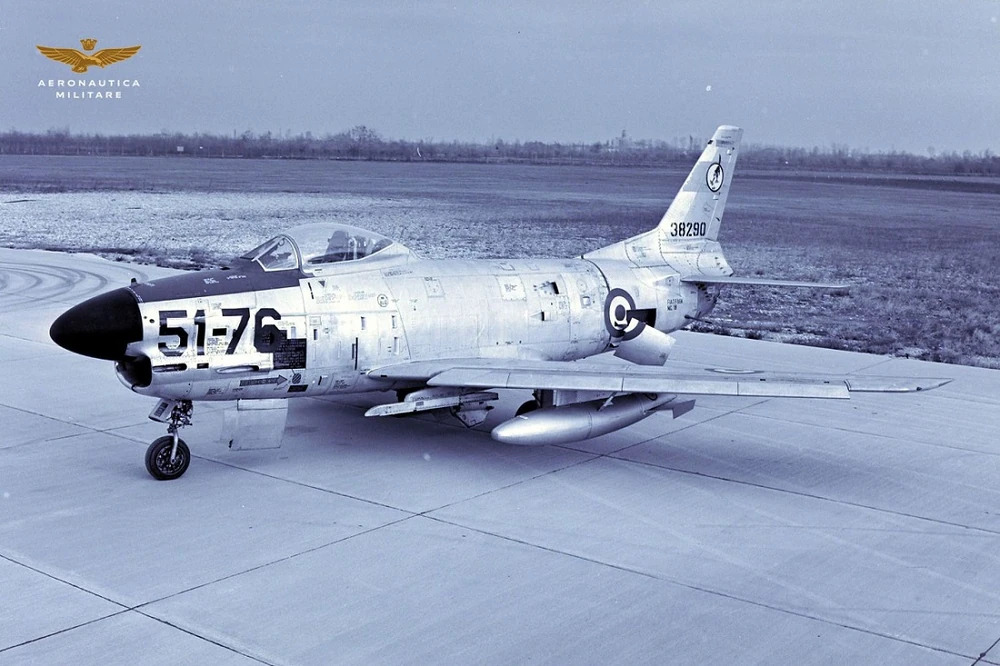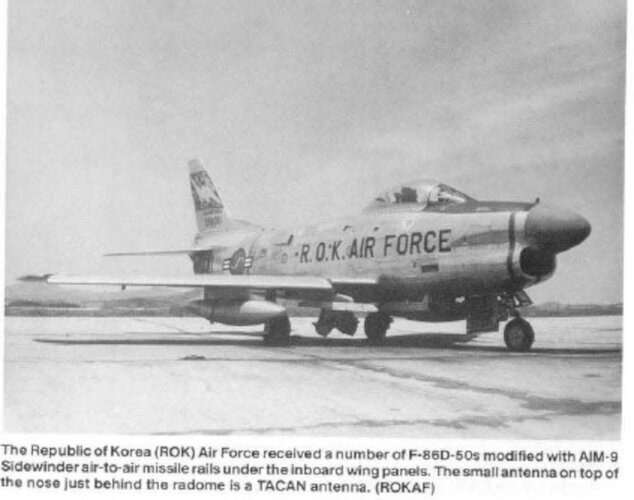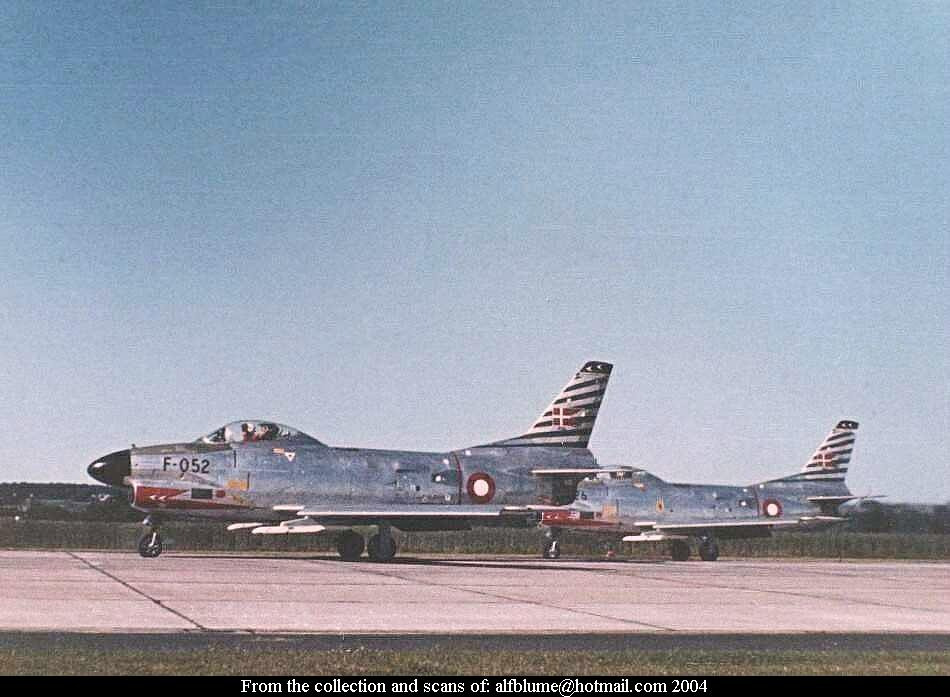I find it increasingly frustrating how Gaijin applies historical accuracy so inconsistently across different vehicles. Take the F-86K for example — this aircraft never carried AIM-9 Sidewinders in real life. There is no evidence to support such a configuration, yet Gaijin gave it AIM-9B missiles without hesitation, seemingly for the sake of balance.
On the other hand, look at aircraft like the Mirage IIICJ, where players are required to provide detailed documentation just to justify chaff/flare dispensers that were retrofitted after the Yom Kippur War — something that did actually happen.
So how is it that proven historical modifications require paperwork, but purely fictional weapon loadouts like the F-86K’s AIM-9Bs are simply added without scrutiny?
This kind of double standard undermines both gameplay fairness and the integrity of War Thunder as a “realistic” military simulator. If balance is the priority, fine — but let’s at least be honest about it, and apply the same standard across the board.
Sources confirming that the F-86K never carried AIM-9 or other air-to-air missiles:
- Francillon, René J. – North American Aircraft 1934–1998
→ Describes F-86K as a simplified export version of F-86D, armed only with 4× 20mm M24A1 cannons. No mention of missile capability. - Gunston, Bill – The Illustrated Encyclopedia of the World’s Modern Military Aircraft
→ States clearly that F-86K had cannons instead of the F-86D’s rocket armament. No air-to-air missiles listed. - Jane’s All the World’s Aircraft (1955–1965 editions)
→ Lists F-86K armament strictly as 20mm cannons; no reference to missile integration or capability. - Technical Order T.O. 1F-86K-1 (Flight Manual)
→ U.S. Air Force/Fiat documentation shows no provisions for air-to-air missile systems, launch rails, or fire control systems for guided missiles. - NATO aircraft profiles & service records (e.g. Italy, France, Germany)
→ All service variants of F-86K operated with cannon-only armament; no national variant was ever upgraded to carry Sidewinders.
In contrast to the F-86K, the Mirage IIICJ did carry chaff and flare dispensers — and there is documented evidence to support it.
- Yitzhak “Iftach” Spector – Loud and Clear
→ Autobiography of an Israeli fighter pilot. Describes how Mirage IIICJ jets were upgraded after the 1973 Yom Kippur War, including the addition of chaff and flare dispensers to improve survivability against SAMs. - Israeli weapons and IAF technical records (archival websites)
→ State that Mirage IIICJ aircraft were modified in the 1970s, adding dispensers near the rear fuselage and wing roots. - Osprey Publishing – Israeli Mirage III and Nesher Aces
→ Includes photos clearly showing chaff/flare launchers on modified aircraft. Confirms these were post-war additions following combat experience. - Photographic evidence (Airliners.net, IAF Museum, archival sources)
→ Shows visible dispensers, often of the AN/ALE-40 type or Israeli equivalents, on operational Mirage IIICJ aircraft in late 1970s. - *David Nicolle – Arab-Israeli Air Wars 1947–82 (Osprey)
→ Notes that Israeli Mirages were adapted for high-threat environments, including countermeasure systems like chaff and flares.
Unlike the F-86K’s entirely fictional Sidewinders, chaff and flare systems on the Mirage IIICJ are a well-documented part of its late service life. These were combat-driven modifications, backed by firsthand accounts, technical publications, and photographic proof.
If Gaijin insists on “proof” for the Mirage, then the same level of scrutiny should apply to the F-86K, which never carried missiles in the first place.
